Net-zero emissions strategy for tech sector
What does “net-zero emissions” mean?
 |
| Ingrid Estrada, chief administrative officer and chief of staff, Keysight Technologies |
Climate change is a complex economic, social, and environmental crisis. Already, we are experiencing unprecedented extreme weather events across the globe — from wildfires to flooding and hurricanes — that affect the availability of resources and the security of communities. The consequences of climate change will continue to increase in frequency and severity until global greenhouse gas (GHG) emissions are significantly reduced.
Reaching net-zero emissions means that all GHG emissions generated by company operations are reduced to near zero, and any residual emissions are neutralised by removing an equivalent amount from the atmosphere. The best processes to accomplish this goal are through energy efficiency and conservation, and a transition to renewable energy sources.
At Keysight, our net-zero strategy was developed with the environment, our customers, employees, and investors in mind to meet and exceed their expectations through conscientious business operations. We have used the 1.5 degrees Celsius benchmark set by the Paris Agreement framework to guide a change in operations. This ambitious emissions reduction goal makes business sense, and it is the right thing to do.
Industry collaboration for emissions reduction
We must see environmental challenges as an opportunity to engage in innovative best practices that align with ecological principles of complex, mutually effective relationships. Companies must make their own strategic, operational actions using appropriate collaboration within a network of stakeholders. Input from diverse sources contributes to a more extensive understanding of the business context and options for solution development. Information drawn from research and best practices supports robust risk management, which leads to better decision-making about operations and outcomes.
Thus, internal industry collaboration creates opportunity for self-regulation in a sector that has an important structural effect on our economies and environment. The electronic design industry is positioned to make a difference because technological advances can facilitate our current economic transition by developing clean energy systems and supporting data analysis for environmental applications. We can also establish machine technologies that improve transportation, construction, natural resource management, and the health and livelihoods of communities.
Operational orientation through risk management
Internal oversight of operations and risks allows leaders to create an organization that is resilient and antifragile, becoming stronger by addressing challenges and pressures. Strategic companies are pragmatic, learning from activities to continuously improve products and services.
Strategic plans support risk management by facilitating oversight and assessment, extending the time horizon for planning. This reflective activity reveals challenges, opportunities, and new information that can influence how decision-makers think an operation should be performed, a material used, or standards adhered to. When integrated into operational oversight, strategic project management provides information that influences the actions taken to achieve specific goals.
Strategy for operational environmental responsibility
In the case of climate change, GHG emissions are too high and need to be reduced. Outcome goals can then be defined: as a company, we commit to achieve net-zero emissions in our operations by the end of fiscal year 2040, attaining 100 per cent renewable electricity and 20 per cent energy reduction through efficiency and conservation initiatives. We also have a 2030 interim goal of 55 per cent renewables and a 10 per cent energy reduction for the halfway mark.
Setting a project schedule provides a starting point, baseline measurements to move forward, and an endpoint to achieve the goal. At Keysight we began our company emissions reduction campaign based on our fiscal year 2019 emissions generation levels, and aim to reach net zero 10 years ahead of the Paris goal of 2050.
Actionable tasks include improving maintenance schedules, initiating company-wide conservation projects, electrifying vehicle fleet and processes, implementing on-site renewable energy installations, partnering with green utility providers, and selectively purchasing vetted offsets to neutralise residual emissions. To be sure these are achieved, it is essential to define and monitor indicators of impacts, requiring data management and managerial analysis to track, in this case, energy usage and emissions output.
Assessment in the form of corporate social responsibility reports, annual shareholder updates, global frameworks and standards, industry working groups, and internal company communication of initiatives and progress that inform and engage individuals throughout the operation who carry out the company’s mission, keeps projects accountable and on track.
Regularly using the strategic plan in operational oversight, recording conclusions, and drawing usable information from those results supports the company’s development and longevity in many ways. External reporting helps make operations more efficient and sustainable by providing a whole-system view and assessment, and by building the company’s reputation for transparency and quality service provision.
When companies engage in self-directed strategic planning, they have the potential to enhance the effectiveness of their risk management, decision making, and communication of information about their activities, successes, and challenges in responsibly providing their service.
Evidence-based standards guided by company values
Implementing a strategy towards net-zero emissions can be achieved by taking new factors into consideration in operations, and integrating environmental indicators into regular accounting, oversight, and risk management.
In working towards our environmental sustainability and emissions abatement goals at Keysight, we rely heavily on our Keysight Leadership Model, which institutionalises how we operate as a company. It outlines our values, defining our culture and purpose. Our five enabling values include uncompromising integrity, social responsibility, high performance, speed, courage, and “One Keysight”. These values were at the front of mind when we developed our net-zero strategy, which will be fundamental to achieving our goals.
Companies with strategies that align with their values will be well-positioned to respond to the needs for adjustment as we continue to encounter environmental and economic challenges since values influence and motivate behaviours. When we know who we are and what we are doing, we can focus on solutions to collaboratively abate a crisis that affects all of us.
| Ingrid Estrada is chief administrative officer at Keysight Technologies, and chief of staff. Her responsibilities include directing Keysight's global policies and programs for leadership and talent development, compensation, benefits, staffing and workforce planning, human resources systems, education and organisation development, workplace strategies, global sourcing, and indirect procurement, and ensuring effective and efficient internal company operations. She holds an MBA from Santa Clara University and an Executive MBA from Stanford University. |
What the stars mean:
★ Poor ★ ★ Promising ★★★ Good ★★★★ Very good ★★★★★ Exceptional
Themes: Towards Sustainability
Related Contents
Latest News
More News
- Citi saw significant energy transition investment in 2023 (May 15, 2024 | 18:44)
- Global Climate Partnership Workshop brings financing opportunities (May 14, 2024 | 19:15)
- Government greenlights wind power imports from Laos (May 14, 2024 | 19:09)
- Vietnam remains focused on EVs for sustainable growth (May 10, 2024 | 16:36)
- Japan invests in biomass power plant in Yen Bai (May 09, 2024 | 14:15)
- Wide participation can boost nation’s energy transition (May 09, 2024 | 10:53)
- ESG poses challenges for Vietnamese businesses in global trade expansion (May 08, 2024 | 12:44)
- Commerce chamber advocates power purchasing agreement, bypassing state utility EVN (May 08, 2024 | 12:13)
- Vietnam to strengthen carbon credit management (May 06, 2024 | 19:14)
- MoIT advises caution over residential solar systems (May 03, 2024 | 17:34)



 Tag:
Tag:


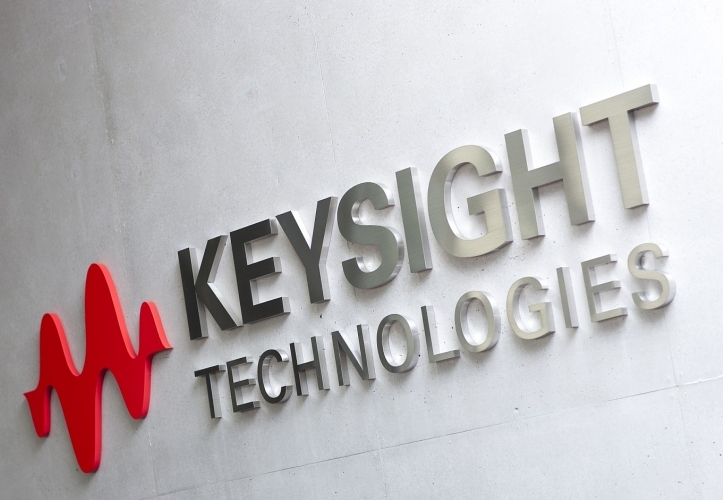
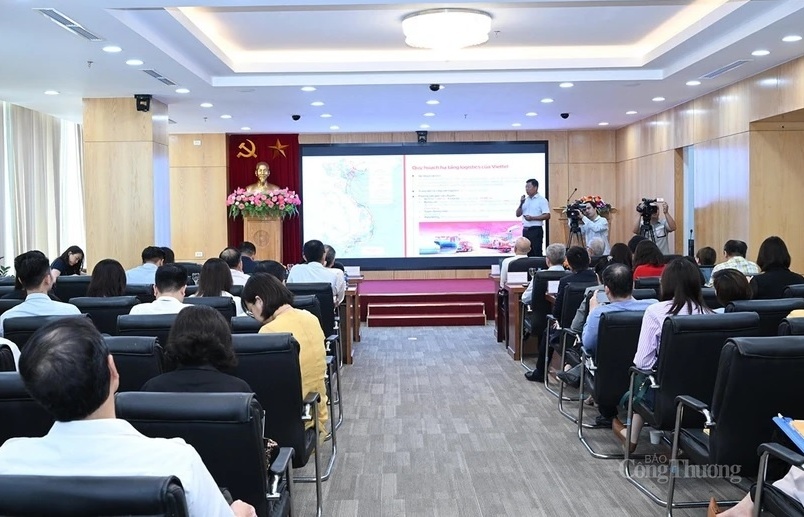

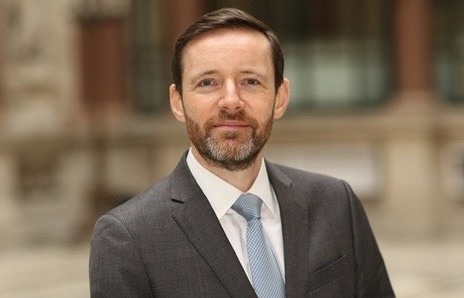

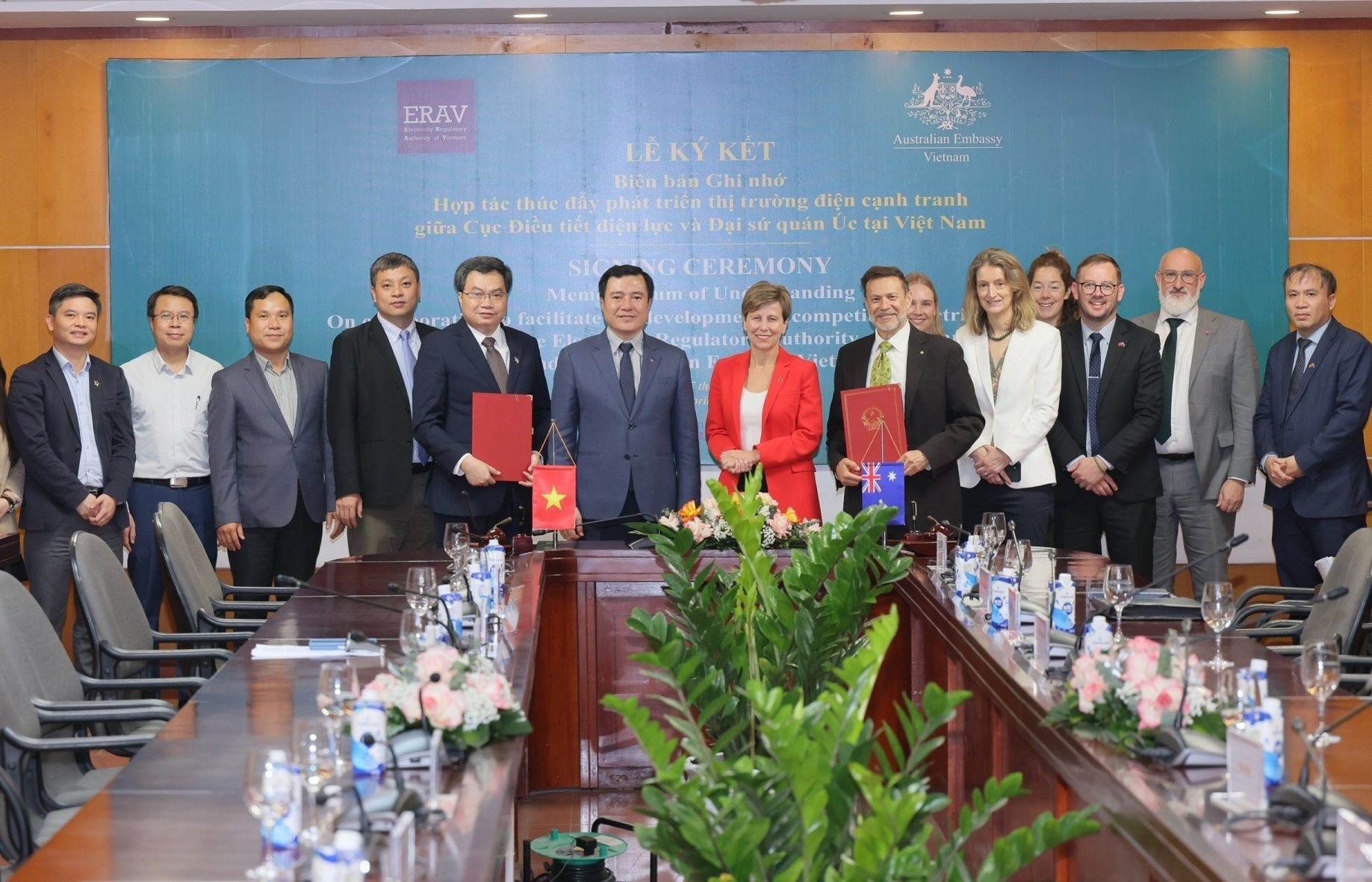

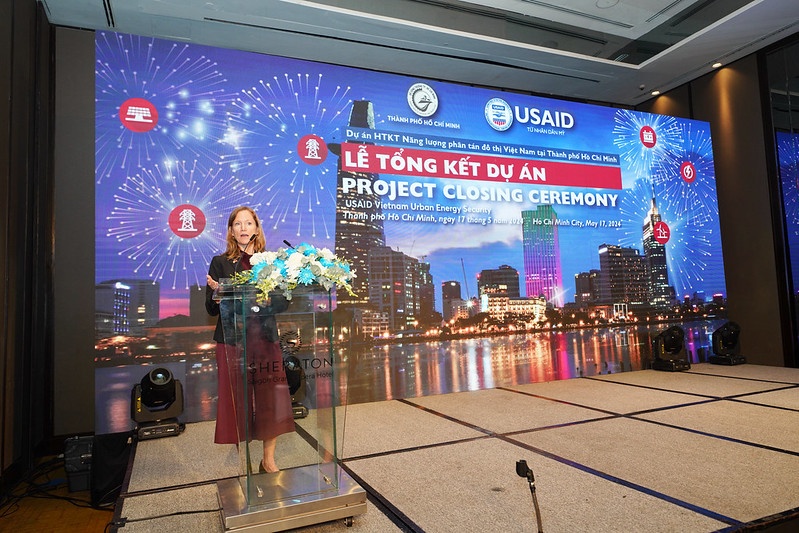


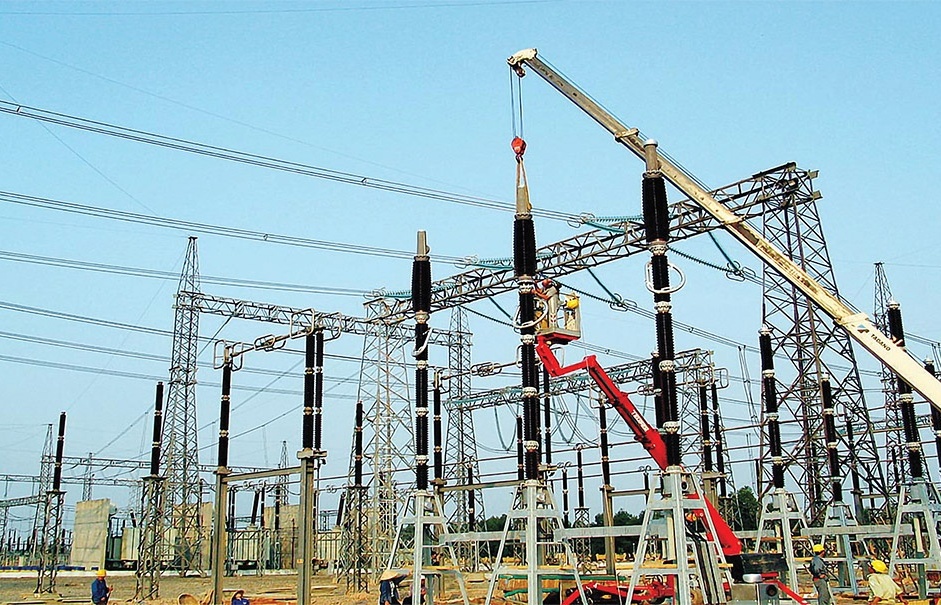
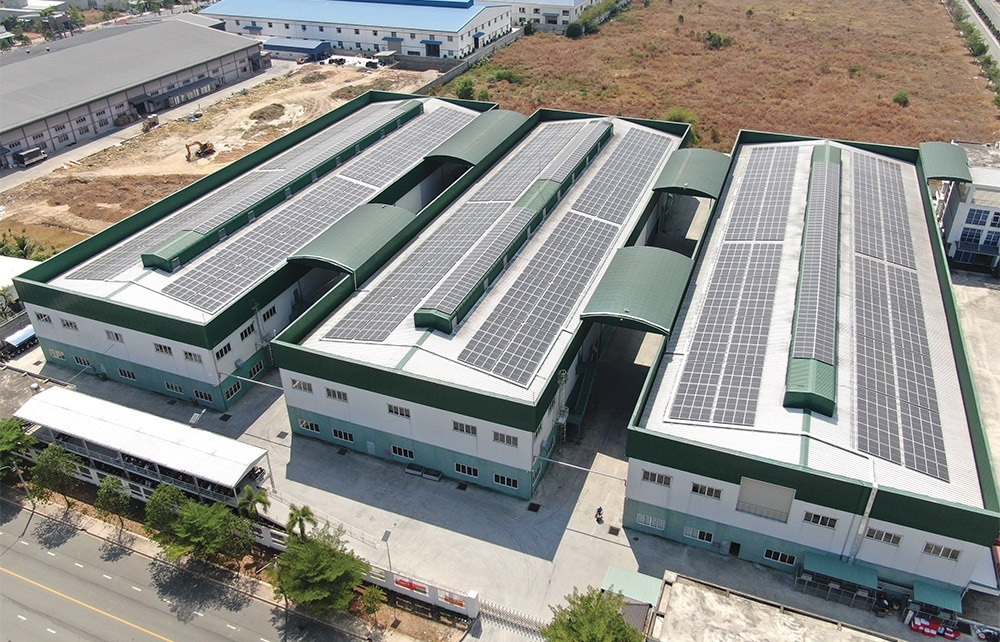







 Mobile Version
Mobile Version